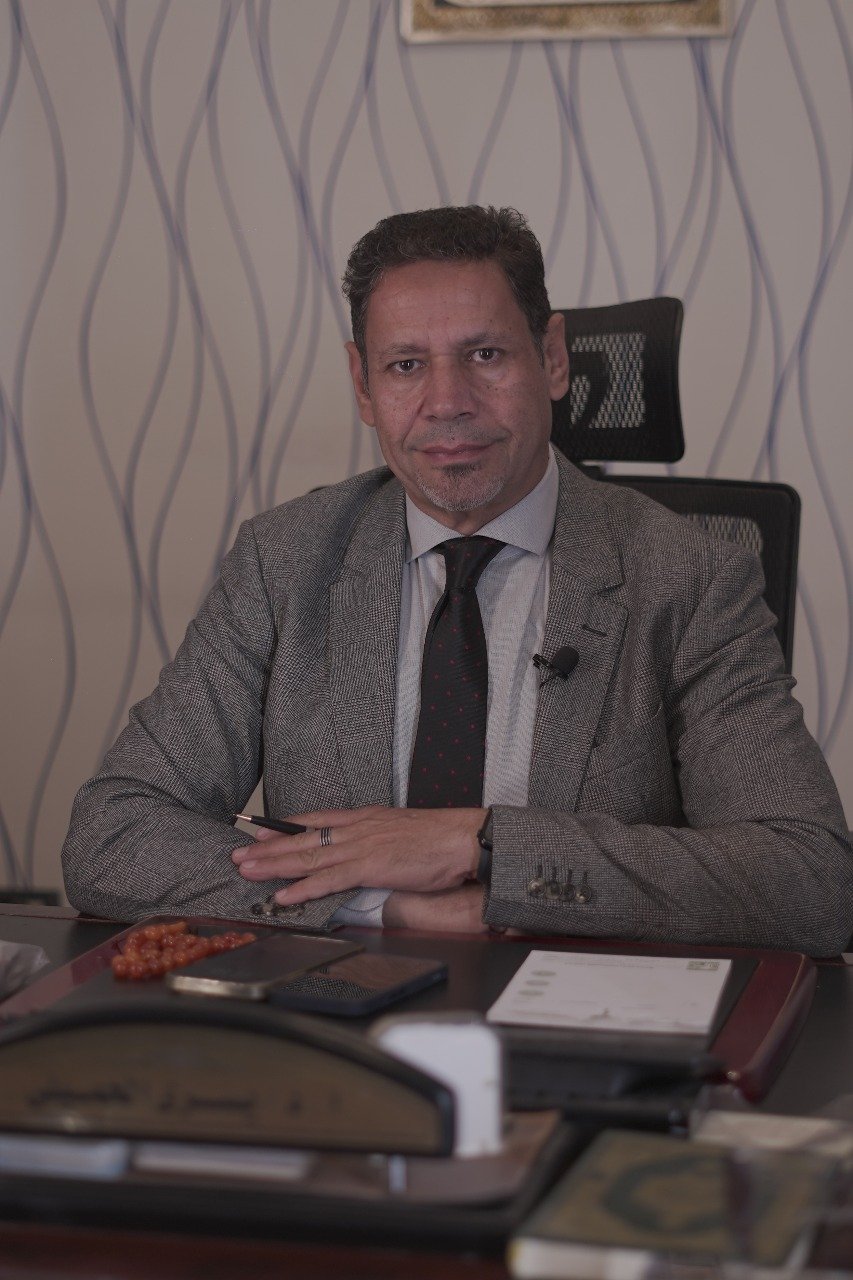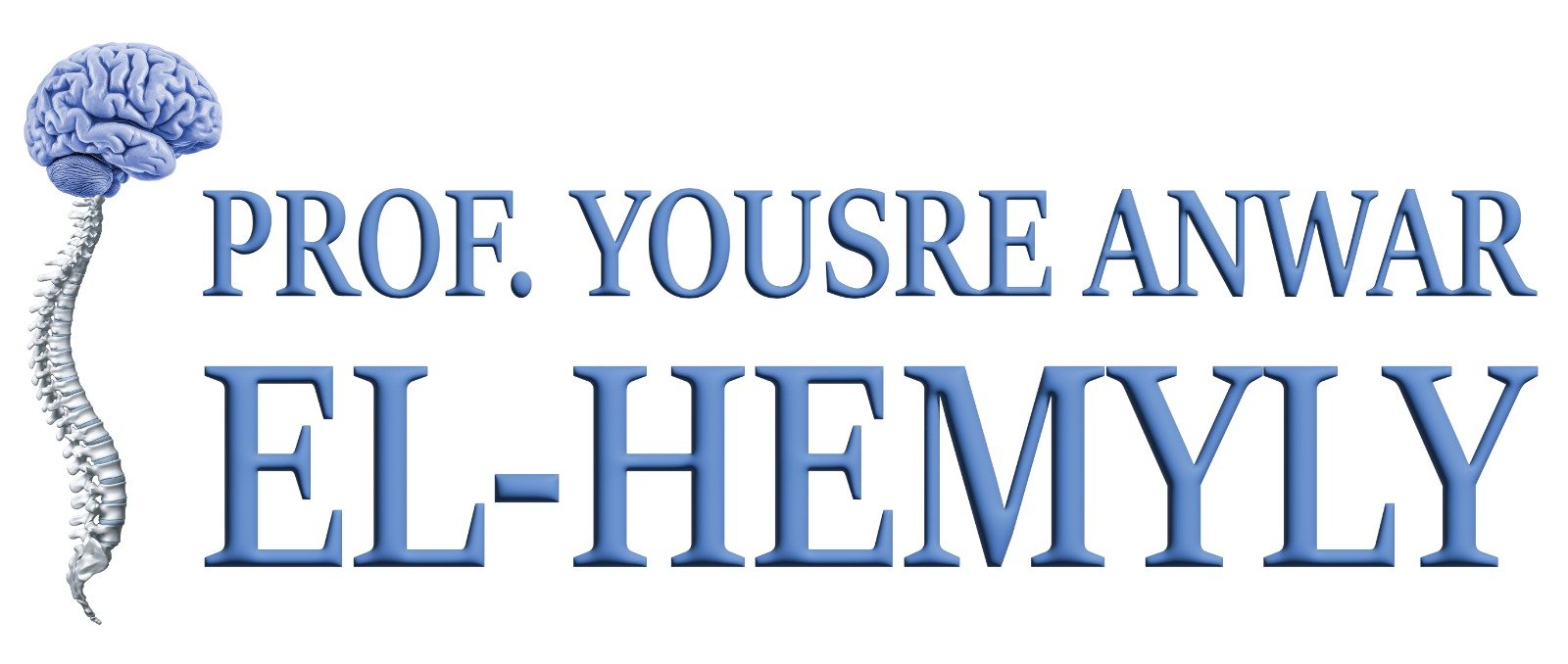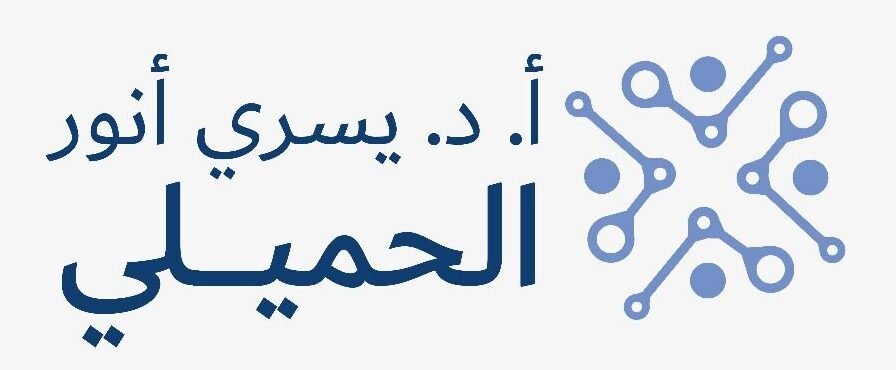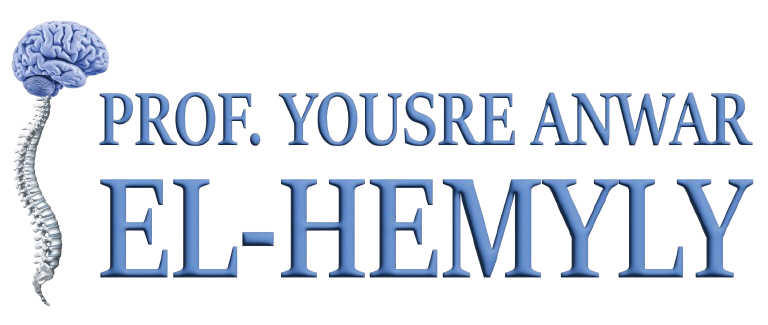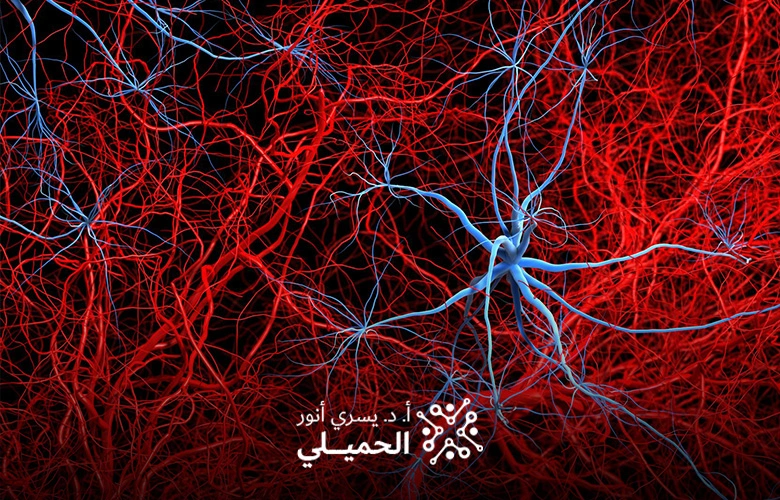
An aneurysm is a bulge in the brain’s blood vessels, commonly known as a blood blister. It occurs due to weakness in the cerebral artery walls. Although it may not cause many symptoms in some cases, it is very dangerous as it can worsen and lead to vessel rupture, causing internal bleeding that may result in a stroke. This requires early intervention for effective and rapid treatment. This is where aneurysm surgeries come in as one of the effective treatment options, which is at the forefront of our services at Prof. Dr. Yousre Anwar Elhemyly’s Center – Professor of Neurosurgery and Spine Surgery at Cairo University Faculty of Medicine. Here are the details.
Types of Aneurysms
Before we learn about aneurysm surgeries, let’s take a quick tour to understand the types of aneurysms. An aneurysm has no specific age limit, as it can affect an individual at any time during their life. Aneurysms appear in the following forms:
Saccular Aneurysm
- The most common type of aneurysm, it is a round blood-filled sac that protrudes from one side of the main artery in the brain. It is also called a berry aneurysm because it resembles a berry hanging from a branch.
Fusiform Aneurysm
- This type of aneurysm involves swelling on all sides of the artery.
Infected (Mycotic) Aneurysm
- This type of aneurysm occurs when brain arteries are infected with fungal or viral infections, causing weakness in the artery wall leading to swelling.
Diagnosing Aneurysms
The doctor diagnoses aneurysm cases through one of the following examinations and procedures:
- CT Scan
This is an examination that uses X-rays to capture two-dimensional slice images of the brain, allowing the doctor to identify the aneurysm condition affecting the patient. In some cases, this test may include injecting contrast dye to facilitate blood flow visualization.
- Lumbar Puncture
This test is used when the arteries’ condition is not clearly visible in the CT scan. The patient undergoes a procedure to withdraw cerebrospinal fluid using a spinal needle to determine a more accurate diagnosis.
- MRI Scan
Magnetic resonance imaging helps capture more detailed images of blood vessels in either 2D or 3D format. This type of imaging reveals the size and location of the aneurysm.
- Angiography
This procedure, called catheterization, involves inserting a thin flexible tube into one of the major arteries, passing from the heart arteries to the brain arteries. A special contrast dye is injected through the catheter to reach the brain arteries. This type of procedure is used when other tests fail to diagnose the condition accurately.
Aneurysm Surgeries
Treating an aneurysm requires surgery to treat dilated blood vessels from inside the artery. There are several different techniques for aneurysm surgeries, which can be discussed as follows:
Open Aneurysm Surgery (Surgical Clipping)
Open surgery refers to more invasive surgeries, which is an open surgical procedure that works to seal dilated blood vessels. During this procedure, the surgeon does the following:
- Makes an incision in the skull to access the affected area.
- Identifies the artery feeding the bulge.
- Then places a small metal clip to prevent blood flow to it.
- Treats the artery wall fragility to ensure the condition doesn’t worsen, preventing future artery rupture.
- Then closes the artery again.
- Recovery from open aneurysm surgeries takes between 4 to 6 weeks, with duration varying from case to case depending on complexity.
Minimally Invasive Aneurysm Surgery (Endovascular Treatment)
These are minimally invasive surgeries, therefore considered safer. In closed aneurysm surgeries, the surgeon makes small incisions to insert a small plastic tube into the brain arteries from the femoral artery, known as a catheter, to place coils or stents.
- Coils are platinum spiral-shaped coils placed inside the affected blood vessels to cause blood clotting and thus eliminate the aneurysm.
- Stents are small tubes used to enhance blood flow prevention and eliminate dilation.
Flow Diversion
Flow diversion is one of the newest aneurysm surgeries, where the procedure relies on placing a stent in the affected blood vessels to divert blood flow away from the dilated vessels, helping protect them from rupture and allowing recovery. Generally, the stent works to stimulate new cell formation to close the dilated blood vessels. This procedure is ideal for treating large aneurysms that cannot be treated through other aneurysm surgeries.
All aneurysm surgery options are effective and share the same goal. However, the optimal treatment choice is determined by the treating doctor based on several factors, most importantly: the size of the blood vessel dilation, location of the aneurysm, and the patient’s suitability for the procedure based on their general health condition. Undoubtedly, aneurysm surgeries are extremely precise and sensitive procedures, requiring highly experienced, competent, and skilled doctors and surgeons.
Medical Treatment for Aneurysms
After aneurysm surgeries of various types, whether minimally or highly invasive, the patient needs to take certain medications to avoid complications and symptoms such as brain artery constriction. These medications include:
- Calcium Channel Blockers
These are medications aimed at reducing blood vessel contractions to promote their dilation, preventing brain clots or reduced blood flow.
- Medical Pain Relievers
To relieve pain symptoms that the patient may experience afterward.
In some cases where movement, cognitive, or speech centers are affected, the doctor may recommend physical and rehabilitation therapy. In other cases where seizures occur, the doctor may prescribe anti-seizure medications to reduce or prevent episodes.
Best Doctor for Aneurysm Surgeries
Prof. Dr. Yousre Anwar Elhemyly – Professor of Neurosurgery and Spine Surgery at Cairo University Faculty of Medicine – is one of the best doctors specializing in aneurysm surgeries. The doctor has extensive experience in this field due to:
- The doctor has a prestigious center with extensive experience in various brain surgeries, including aneurysm surgeries.
- The doctor uses the latest techniques and equipment to ensure all surgeries, including aneurysm surgeries, are performed with the best possible results to ensure patient safety.
- The doctor provides comprehensive medical care from diagnosis through treatment and surgery stages until complete recovery.
- The doctor adheres to all recommended sterilization standards to protect patients from infection.
In conclusion, if you suffer from arterial dilation, Professor Dr. Yousre Anwar Elhemyly’s center is your best choice. We guarantee you the best possible care, starting with accurate diagnosis to determine the appropriate type of aneurysm surgery and other brain surgeries for your case, with the best results and highest possible success rate. Just contact us.
For direct booking
Book Now
